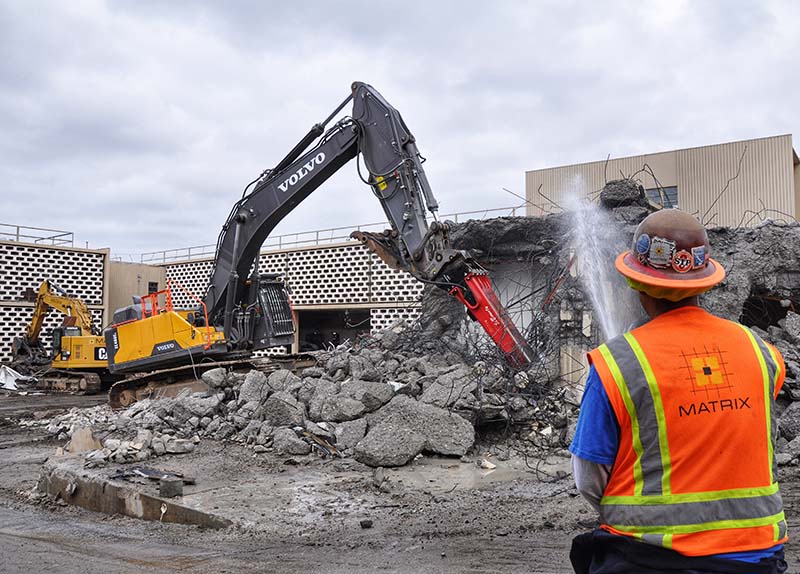Environmental remediation refers to reducing radiation exposure from groundwater, surface water or contaminated soil. This type of remediation does more than eliminate radiation sources — it protects people and the environment from the harmful effects of exposure to radiation. Environmental remediation is divided into the following two categories. 1. Actions directed at the contamination.
These actions can include isolation, immobilization or the removal of the source of radiation through decontamination.
2. Actions aimed at breaking the pathways between radiation and people.
These actions can include evacuation, area isolation, or changing land use and the living habits of the local population.
Key Ideas to Consider
At first glance, it may seem that environmental remediation is meant to restore a site to its previous conditions before the contaminating event. However, that may not always be a necessary or reasonable goal. A contaminated site may not pose significant health risks to the individuals living on it or nearby. And so for this reason, the focus should be on reducing radiation doses rather than reducing concentrations.
When creating a remediation strategy, it’s important to consider the following:
- Radiation risk to the population living on the land
- Occupational exposure to the team conducting remediation
- Net benefits of the remediation project to the local community
- Amount of waste that will be generated by remediation
- Impact on the lives of the local community
- Financial costs and financing mechanisms
- Presence of other non-radioactive substances increasing the risk to the remediation team
Contaminated Sites
Environmental remediation programs are being implemented around the world:
- Nuclear sites under the control of the U.S. Department of Energy
- Uranium mining sites in the former East Germany
- Former uranium mining sites in Central Asia
- Chernobyl and Fukushima accidents
- Radiological accident in Goiânia, Brazil.
What Exactly is ‘Clean’?
It’s important for remediation efforts to follow a consistent and well dimensioned regulatory framework. Residents living on the contaminated site deserve answers to their questions: is it safe to live here? Who is responsible for remediation? Who is going to pay for the cost of remediation.
To ensure a contaminated site is properly remediated, it’s important that the process is transparent, clearly communicated to stakeholders and takes into account stakeholders’ needs and desires in the decision making process.

